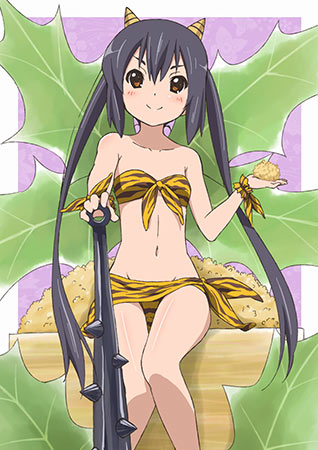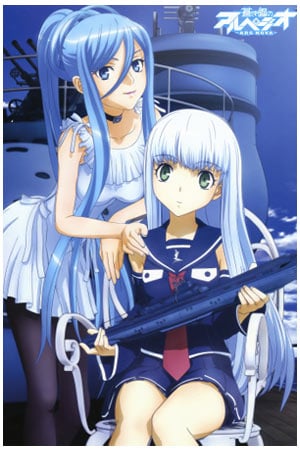Grammatically, Japanese is quite interesting, seemingly unrelated to all other languages, though one theory suggests a link to languages like Hungarian through a 40,000-years dead hypothetical linguistic ancestor. One interesting aspect of Japanese is the use of grammatical “particles,” words that denote the topic and subject (wa and ga), the object (o), whether or not the sentence is a question (ka on the end), and so on. One use particle is の no, a particle with a “glue-like element” (to use the words of my Japanese teacher from SDSU) that binds two words together, for example to show possession. ピーターの車 Peter no kuruma ties the words Peter and kuruma (car) together, therefore denoting the car that belongs to Peter. Back in the Golden Age of anime fandom, the first Japanese most of us learned was ダーリンの馬鹿 Darling no Baka, the words Lum says before she gives Ataru a lightning bolt. This phrase ties the words darling and baka (stupid) together to produce an insult to Ataru. (Fun fact: Lum’s pet name for Ataru is a reference to Bewitched, which was a huge hit in Japan. The Japanese mis-translated Samantha’s husband Darren’s name as “Darling.”) When Japanese retailer “Gentleman’s Fashions no Aoki” opened branches in Taiwan, they inadvertently altered the local language: the の particle is so convenient to write it caught on with the Taiwanese, who started substituting it for 的 teki, the character that performs the same grammatical function in Chinese.

It’s also Azusa-no-Tanojobi today.















